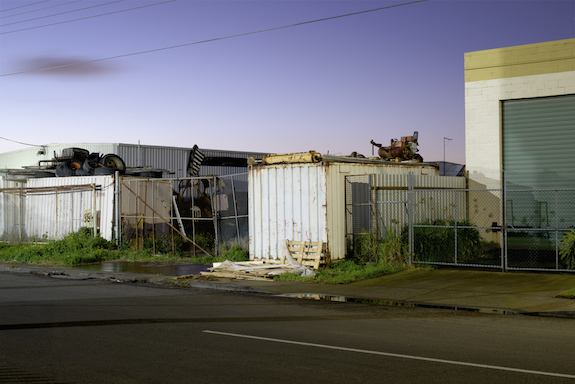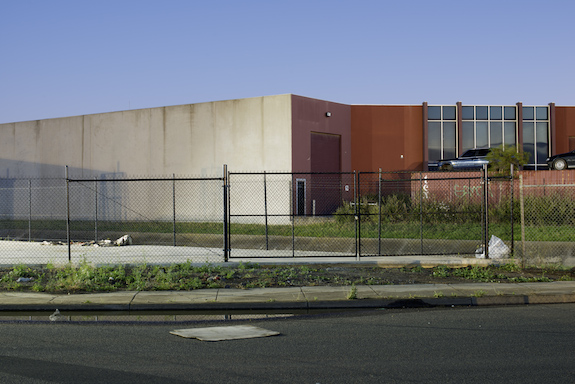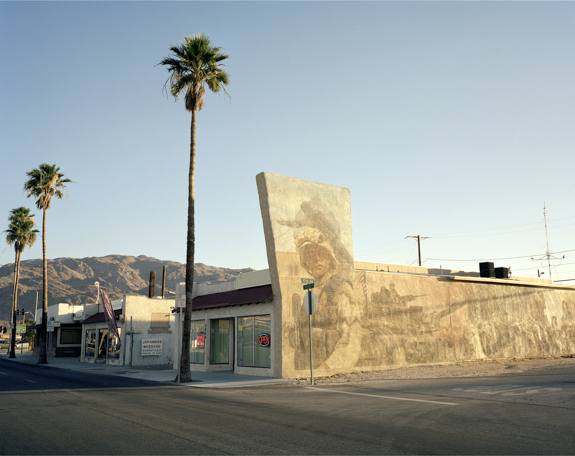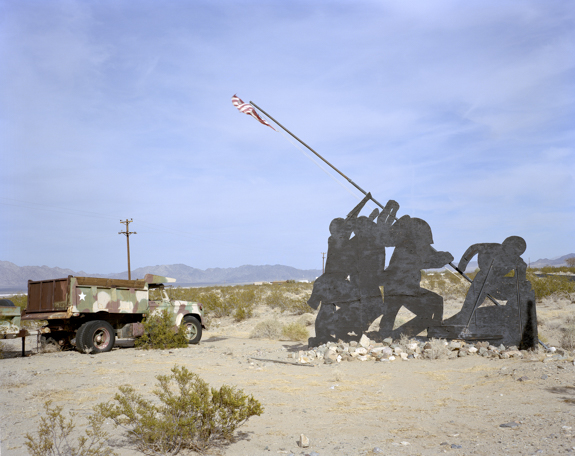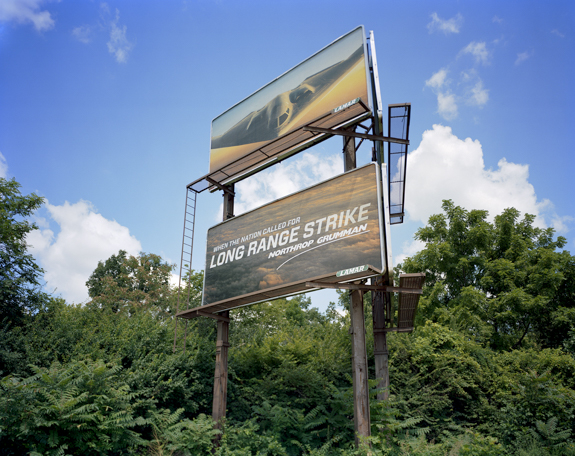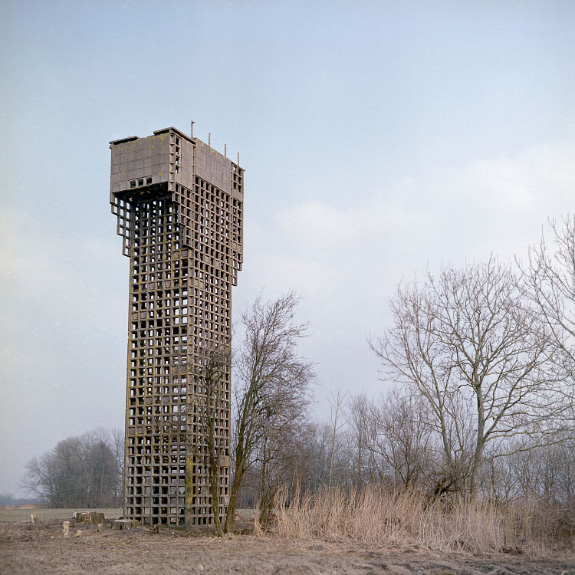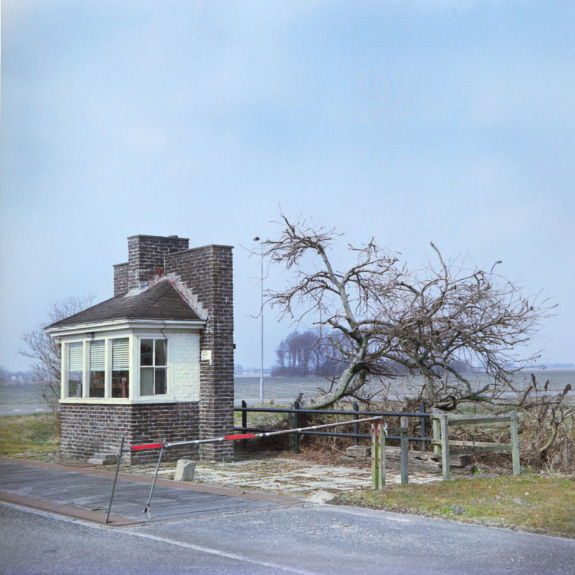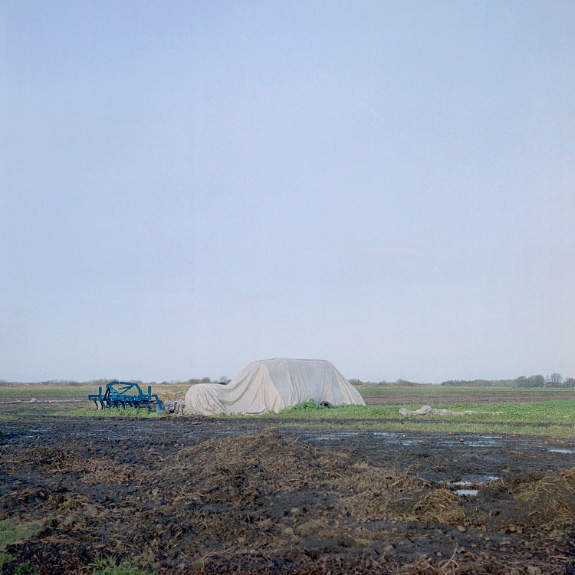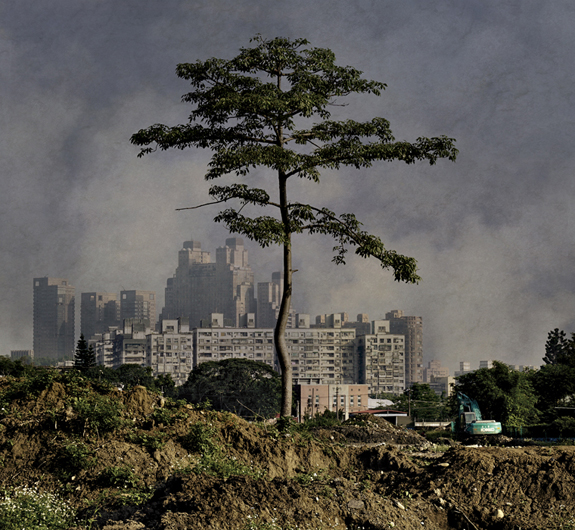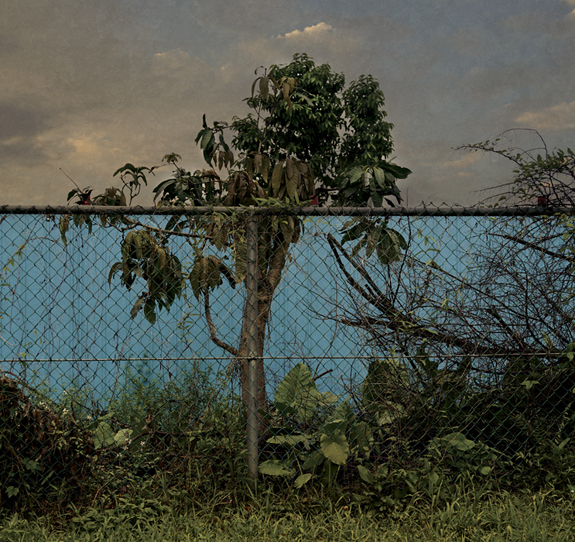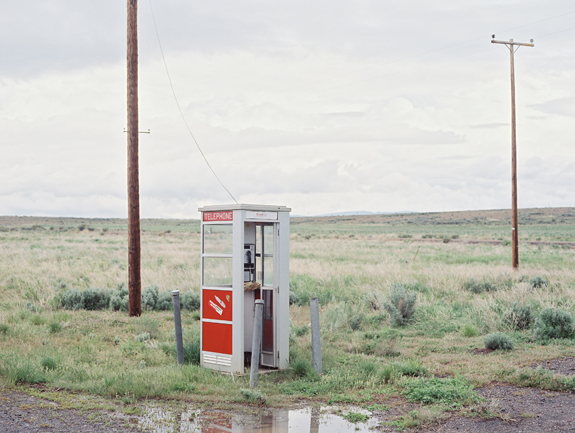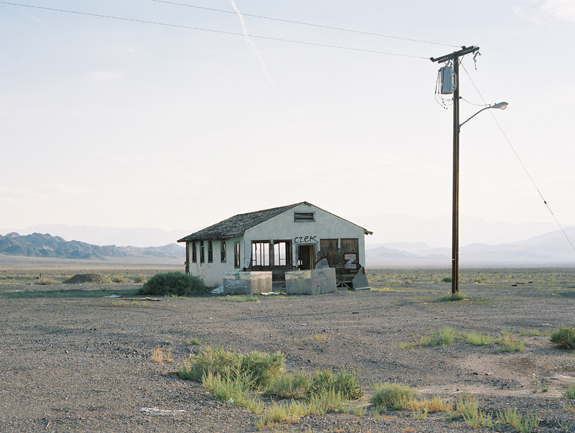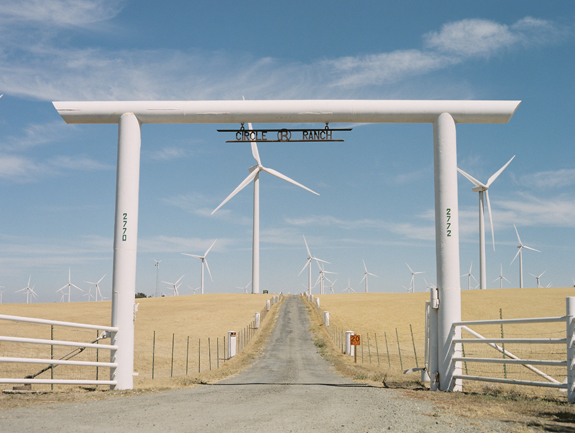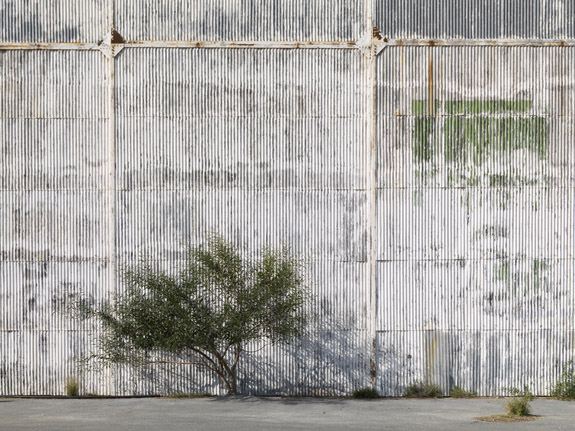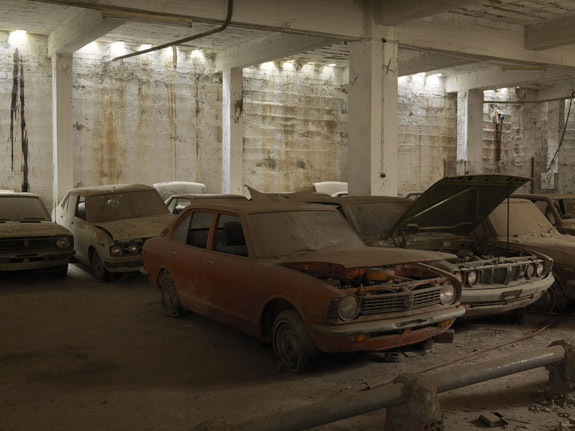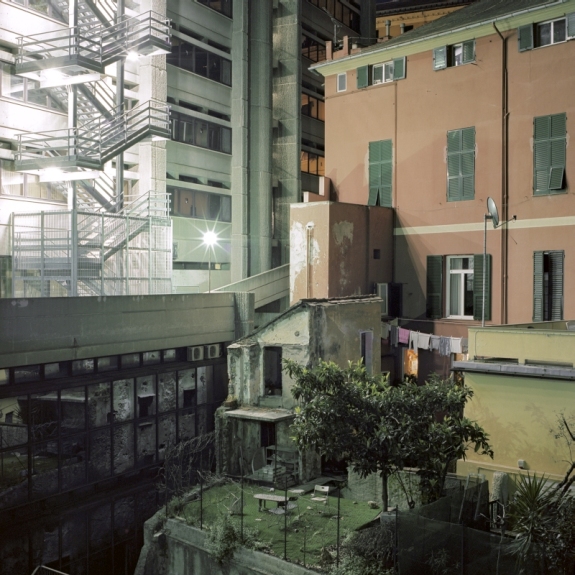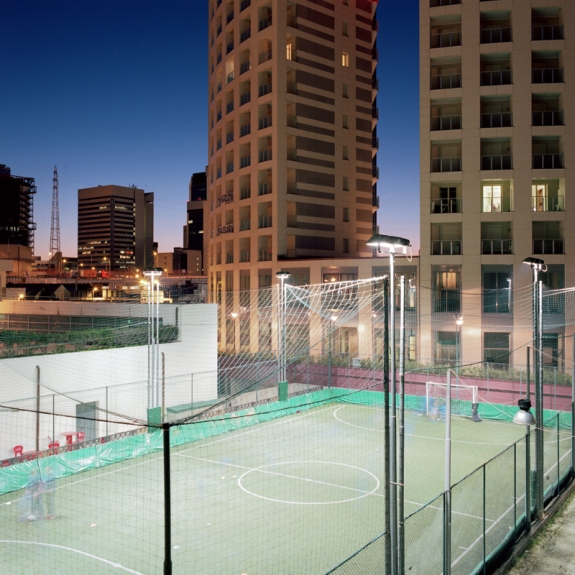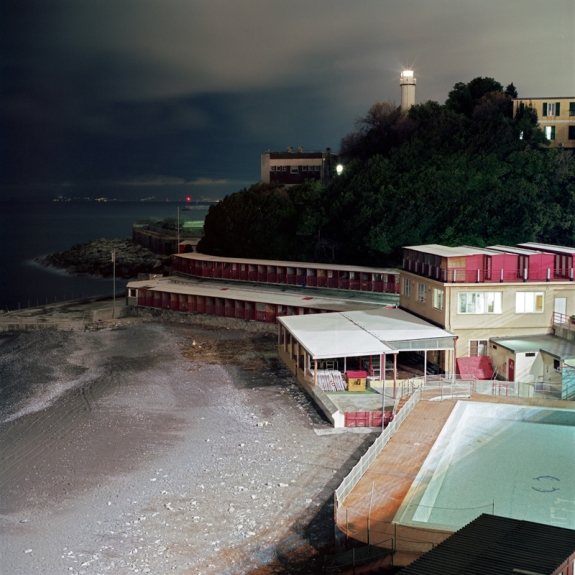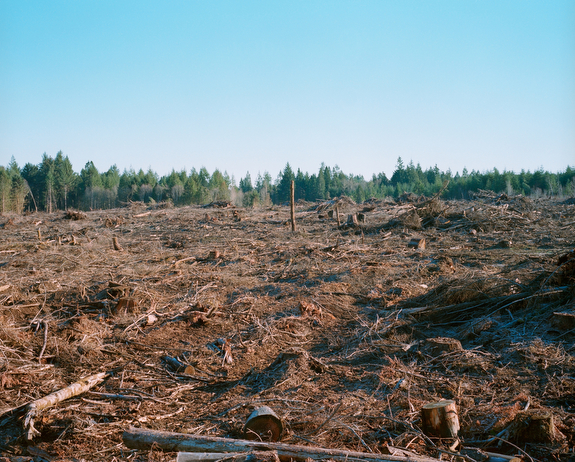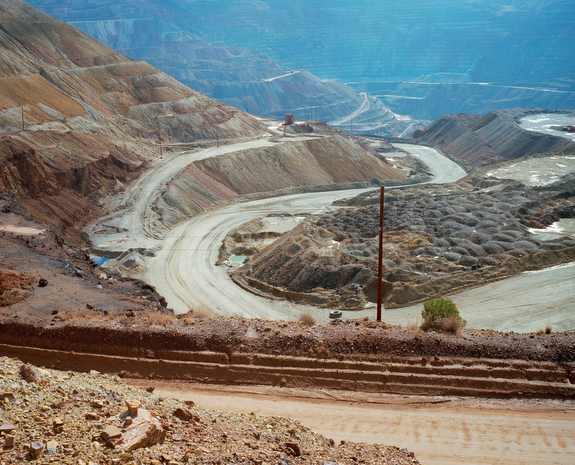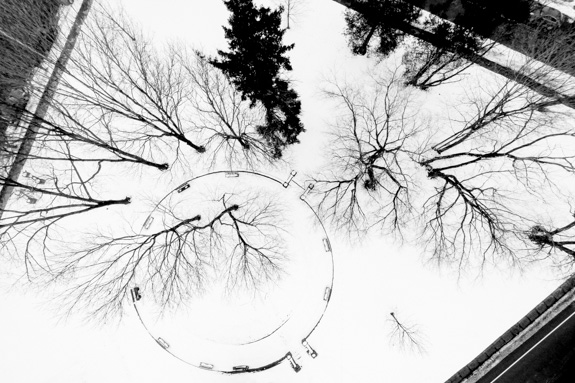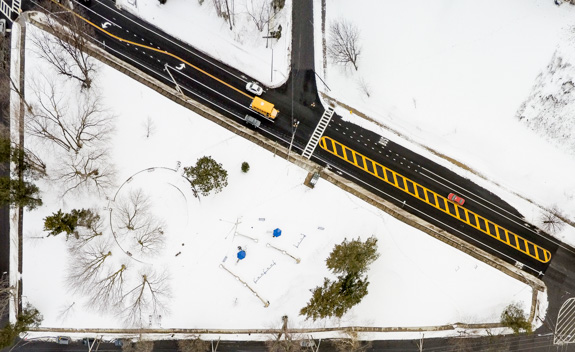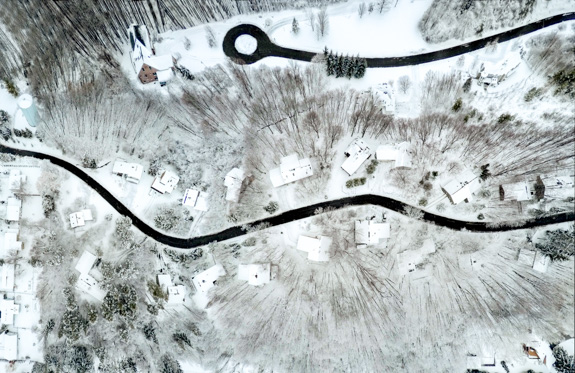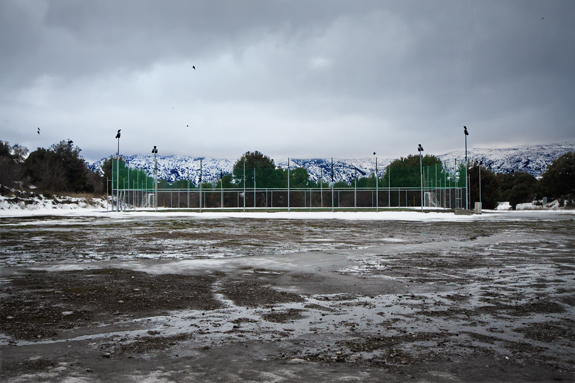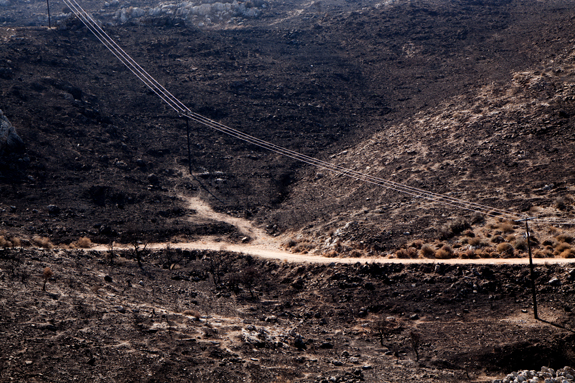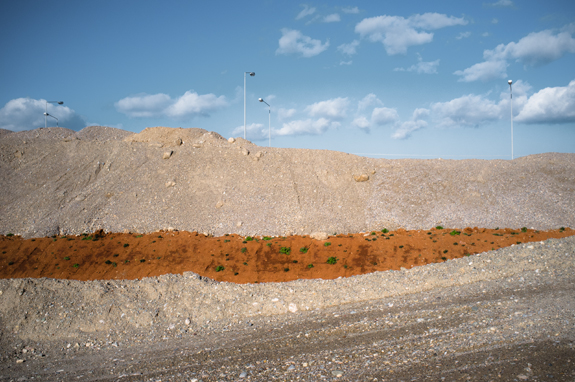
The Older Industrial Parks Near Newport, Victoria
This is an extended dialogue with the late Lewis Baltz’s seminal 1974 work The New Industrial Parks Near Irvine, California. The result offers images that transform Baltz’s stark Californian minimalism into an ethereal antipodean nocturne.
Baltz’s spartan boxes manifest a common American theme: the promised land defiled. He was interested in “the phenomena of the place. The effect of this kind of urbanism… What kind of new world was being built here?”
Australian landscape rarely elicits such blatant anger. Our notion of landscape seems very different. Baltz documents the short-term impact of money while my project explores the mildly subversive impact of people after the event (more erosion than explosion).
My aims and Baltz’s may seem different and yet they are very much connected. Both projects are deeply rooted in an exploration of place and time, there and here, then and now, Baltz and Lane.
— Bill Lane, Melbourne, Australia
